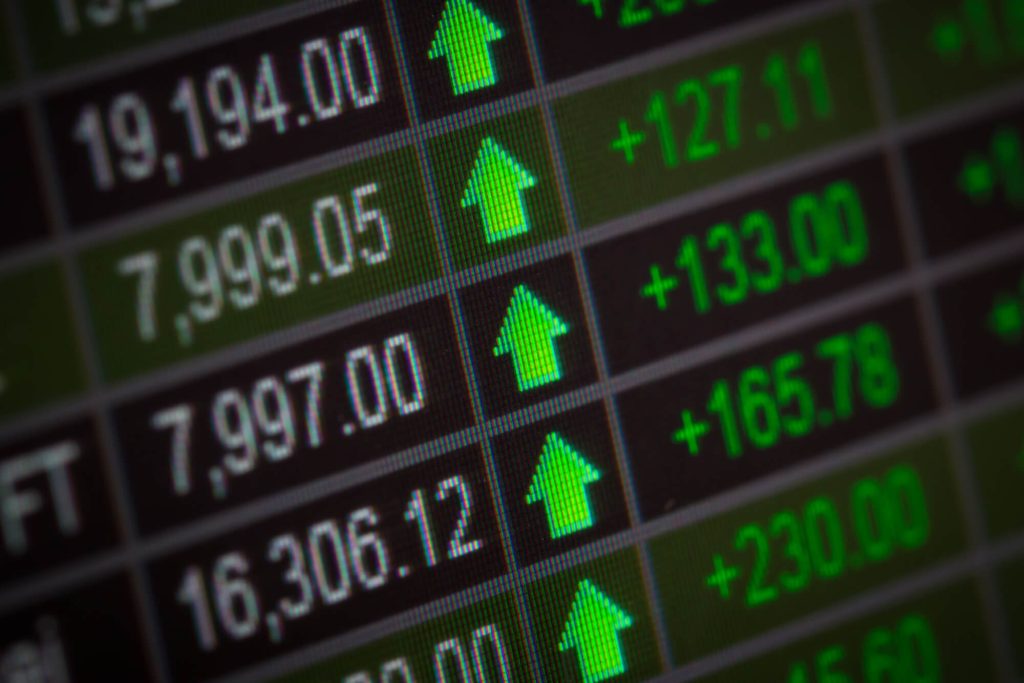How CFDs Compare to Other Types of Trading Instruments
If you’re interested in trading, you might have heard about Contracts for Difference (CFDs). CFDs have become a popular choice among traders due to their flexibility, leverage, and diversity. However, CFDs are not the only trading instrument available in the market. In this article, we will compare CFDs to other types of trading instruments and see how they differ in terms of their features, benefits, and risks.
1. Introduction
In the financial market, traders have a wide range of instruments to choose from to invest or speculate. Each instrument has its unique features, benefits, and risks. CFDs are a type of trading instrument that allows traders to speculate on the price movements of financial assets, such as stocks, currencies, commodities, and indices. CFDs have gained popularity due to their flexibility, leverage, and diversity. However, CFDs are not the only trading instrument available in the market. In this article, we will compare CFDs to other types of trading instruments and see how they differ in terms of their features, benefits, and risks.
2. Understanding CFDs
Before we compare CFDs to other trading instruments, let’s first understand what CFDs are. A CFD is an agreement between a buyer and a seller to exchange the difference in the price of an underlying asset from the time the contract is opened to the time it is closed. The underlying asset can be a stock, currency, commodity, or index. CFDs allow traders to speculate on the price movements of the underlying asset without owning the asset itself.
3. Comparing CFDs to Stocks
Stocks are a popular trading instrument among investors. Stocks represent ownership in a company and provide traders with dividends and voting rights. Stocks are generally considered a long-term investment. On the other hand, CFDs allow traders to speculate on the price movements of stocks without owning the actual stock. CFDs provide traders with leverage, which means traders can control a large position with a small amount of capital. CFDs also provide traders with the ability to go short, meaning traders can profit from a falling market. However, CFDs also come with higher risks than stocks, as the leverage can amplify both profits and losses.
4. Comparing CFDs to Forex
Forex, or foreign exchange, is a market where traders can buy and sell currencies. Forex is the largest financial market in the world, with a daily turnover of over $5 trillion. Forex provides traders with high liquidity and low transaction costs. Forex also provides traders with the ability to use leverage, which can amplify profits. However, Forex is a highly speculative market, and traders can easily lose money if they do not have a proper risk management strategy in place. CFDs on forex allow traders to speculate on the price movements of currencies without owning the currency itself.
5. Comparing CFDs to Options
Options are a type of financial derivative that gives the buyer the right, but not the obligation, to buy or sell an underlying asset at a predetermined price and time. Options can be used for hedging or speculation. Options provide traders with limited risk, as the maximum loss is limited to the premium
paid for the option. On the other hand, CFDs allow traders to speculate on the price movements of the underlying asset without owning the asset itself. CFDs also provide traders with leverage, which can amplify both profits and losses. However, CFDs come with higher risks than options as they have no set expiry date, and traders can lose more than their initial investment.
6. Comparing CFDs to Futures
Futures are a type of financial derivative that obligates the buyer to buy or sell an underlying asset at a predetermined price and time. Futures can be used for hedging or speculation. Futures provide traders with standardized contracts and set expiry dates. On the other hand, CFDs allow traders to speculate on the price movements of the underlying asset without owning the asset itself. CFDs also provide traders with leverage, which can amplify both profits and losses. However, CFDs come with higher risks than futures as they have no set expiry date, and traders can lose more than their initial investment.
7. Advantages of Trading CFDs
CFDs provide traders with several advantages over other trading instruments, including:
- Flexibility: CFDs allow traders to speculate on a wide range of financial assets, including stocks, currencies, commodities, and indices.
- Leverage: CFDs provide traders with leverage, which means traders can control a large position with a small amount of capital.
- Short Selling: CFDs allow traders to profit from a falling market by going short.
- No Ownership: CFDs allow traders to speculate on the price movements of the underlying asset without owning the asset itself.
8. Risks of Trading CFDs
CFDs also come with several risks that traders should be aware of, including:
- High Leverage: CFDs provide traders with leverage, which can amplify both profits and losses.
- No Set Expiry Date: CFDs have no set expiry date, which means traders can lose more than their initial investment.
- Counterparty Risk: CFDs are traded over-the-counter, which means traders are exposed to the counterparty risk of the broker.
- Regulatory Risk: CFDs are subject to regulation in different jurisdictions, which can impact the availability and costs of trading.
9. Choosing the Right Trading Instrument
Choosing the right trading instrument depends on a trader’s goals, risk tolerance, and investment strategy. Traders should consider the features, benefits, and risks of each trading instrument before deciding which one to trade. Traders should also have a proper risk management strategy in place and use tools like stop-loss orders to limit their losses.
10. Conclusion
CFDs are a popular trading instrument that provides traders with flexibility, leverage, and diversity. However, CFDs are not the only trading instrument available in the market, and traders should compare CFDs to other trading instruments to see how they differ in terms of their features, benefits, and risks. Choosing the right trading instrument depends on a trader’s goals, risk tolerance, and investment strategy. Traders should also have a proper risk management strategy in place and use tools like stop-loss orders to limit their losses.




